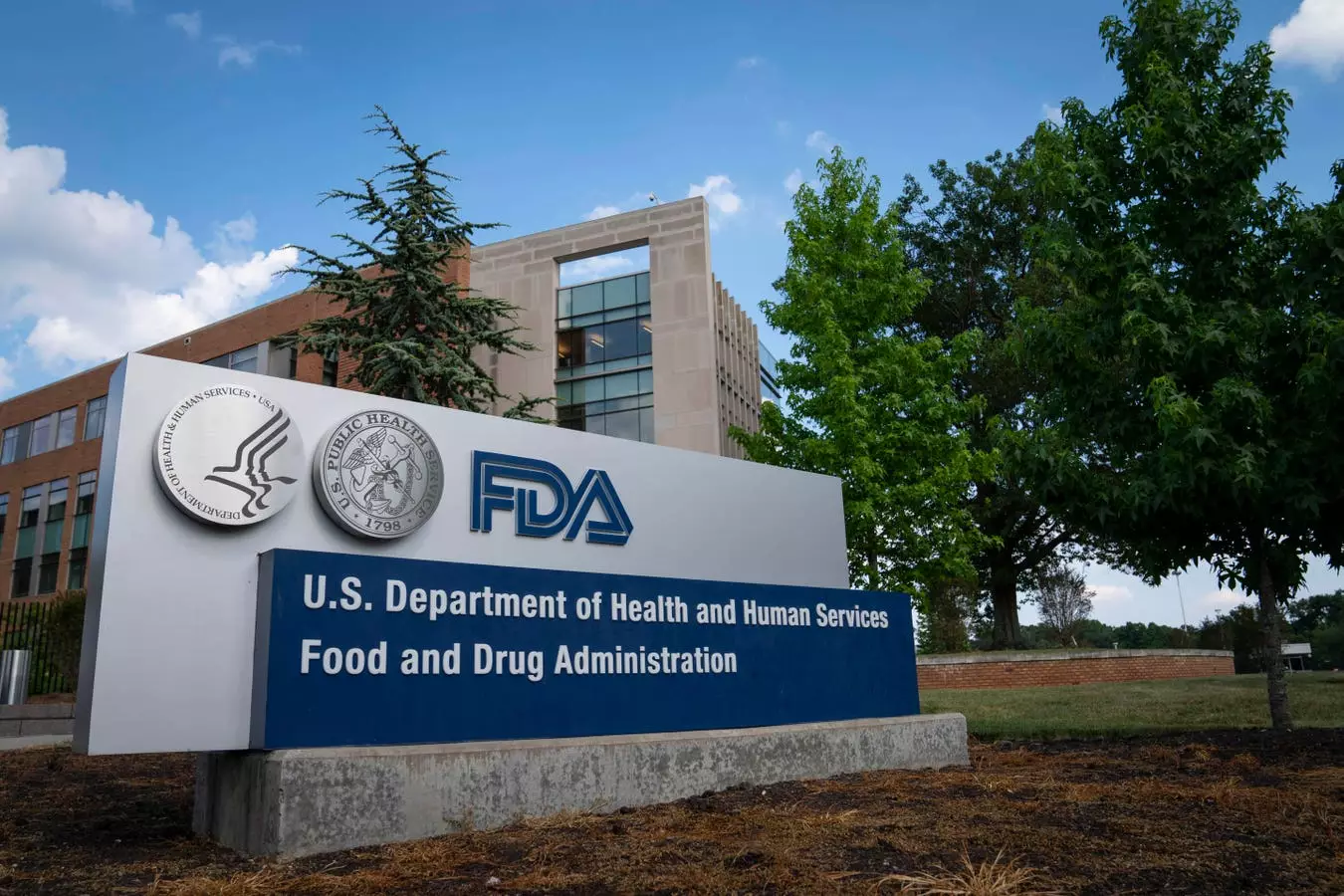Recently, the U.S. Food and Drug Administration (FDA) made a notable decision by banning Red No. 3 from all food, beverages, and consumable drugs. This ban, which requires companies to remove this artificial dye from their products by January 2027, marks a significant stride towards minimizing synthetic additives in our food supply. This regulatory action raises pertinent questions about other artificial colorants still prevalent in the U.S. market and their potential health risks. Despite this progress, eight synthetic dyes remain approved for consumption, prompting an exploration into their effects on human health, the foods containing them, and the companies that utilize these additives.
For decades, artificial colorants have been incorporated into products for aesthetic appeal, enhancing consumer attraction and engagement. However, numerous studies are surfacing that suggest these colorants could be more harmful than previously understood. Synthetic dyes are primarily derived from petroleum-based chemicals and have been linked to health issues that range from allergies to more severe conditions such as hyperactivity and even cancer. Well-known brands are especially prominent offenders; over 90% of candies, fruit-flavored snacks, and drink mixes contain one or more types of these artificial dyes.
Following the FDA’s latest ban, consumers are encouraged to scrutinize their dietary choices more closely, especially given that the previous roster included nine synthetic dyes, now reduced to eight. Major players in the food industry, such as General Mills and Kellogg’s, have made commitments in the past to eliminate these artificial additives but remain in mixed compliance, continuing to use synthetic dyes in popular products like Trix and Lucky Charms.
The implications of synthetic dyes go beyond mere aesthetic appeal. According to numerous sources, the ingestion of these additives poses several risks, particularly for children and individuals with underlying health conditions. Issues such as hyperactivity, ADHD, and various allergic reactions have been associated with synthetic dyes, with many experts urging consumers to be vigilant. Notably, three dyes—Red 40, Yellow 5, and Yellow 6—constitute approximately 90% of the dyes in the U.S. food supply, underscoring the urgency for reform and reassessment of food safety regulations.
Notably, despite corporate pledges to remove artificial colors, many mainstream brands still rely heavily on these ingredients. For example, General Mills’ Trix and Kellogg’s Froot Loops continue to utilize harmful colorants, leaving consumers wary of deceptive marketing practices that tout “natural” or “healthy” labels.
The growing awareness among consumers regarding the potential health risks associated with synthetic dyes is leading to a shift in purchasing behavior. As the demand for natural and healthier food alternatives continues to rise, companies may face declining revenues should they fail to adapt. Brands that cling to outdated practices could experience shareholder anxiety, prompting questions about the sustainability of their business models.
The recent ban on Red No. 3 could herald a wider reevaluation of artificial dyes and their place in the American food landscape. This increasing consumer vigilance, coupled with potential legislative scrutiny, could compel more corporations to rethink their production methods and significantly limit the use of artificial colorants.
As political discussions intensify around food safety and labeling—especially with speculated shifts in regulatory oversight pending possible political changes—companies producing synthetic dyes are also facing heightened scrutiny. During this period, key figures like Robert F. Kennedy Jr. are raising awareness about the need for robust reform in the food industry.
The potential for revised regulations could affect not only food manufacturers but also the pharmaceutical industry, where similar additives are sometimes employed. Stakeholders across these sectors will need to remain attentive and prepared for the impending changes that may redefine consumer safety standards.
Overall, the ban on Red No. 3 signals a potent change in the regulatory landscape. However, much work remains to eliminate the remaining synthetic dyes still approved for consumption. Advocacy for clearer labeling practices, stricter regulatory policies, and a shift towards natural alternatives will be crucial in shaping a healthier future for the food supply in America. As consumers, investors, and policymakers alike rally for change, the call for transparency in food production has never been more critical.


Leave a Reply